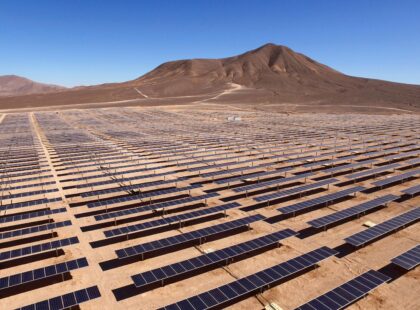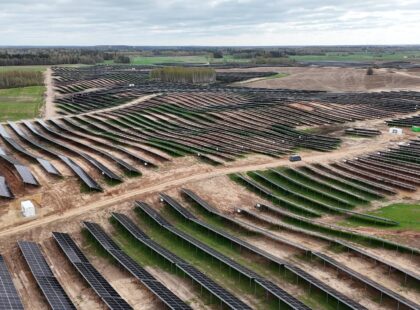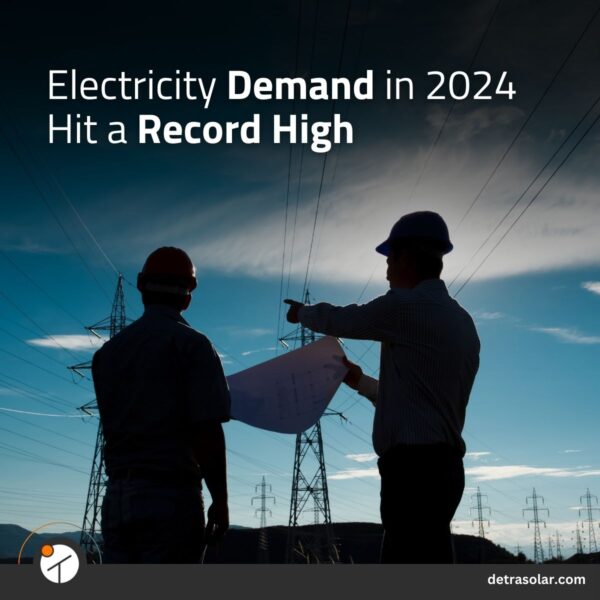Large-Scale Ground-Mounted Solar Projects: Key Questions to Ask Before Starting the Design Process (part 2)

By Klaudas Žylė, Design Delivery Manager at Detra Solar.
In Part 1 of this series, we covered the foundational questions to address when planning a large-scale ground-mounted solar project, including project boundaries, grid connections, and height restrictions. Now, in Part 2, we’ll explore more advanced considerations, including environmental and heritage impacts, geotechnical studies, and how to assess the topography of your site.
Taking these additional factors into account is vital for ensuring the sustainability and efficiency of your solar project. By addressing these early on, you’ll avoid costly alterations during the design phase and set your project up for long-term success. Below is a breakdown of the critical factors to consider before moving forward with the design:
6. Have You Considered Environmental and Heritage Impacts?
It’s important to assess any potential environmental or heritage considerations, such as protected species or areas of archaeological significance. Failing to account for these could result in project delays or require costly alterations, such as reducing the available area for PV panels that you had initially planned in your design.
7. Is the Ground Suitable for Solar Installation?
Conducting geotechnical and hydrology studies helps ensure that the land can support the solar project. These studies identify whether there are risks like unstable soil, high water tables, or flood zones that could complicate construction.
8. Have You Completed a Flood Risk Assessment?
Understanding the flood risk for your site is vital. Identifying potential flood zones and addressing them in your design can help prevent long-term operational issues by ensuring the proper placement of key equipment and maintaining the stability of the project over time.
9. What Is the Topography of Your Site (DWG)?
It’s essential to gather detailed topographical information to evaluate physical features, including:
- Underground utilities such as gas, water, or electrical lines.
- Water features like rivers, ponds, or ditches that might influence the design.
- Existing infrastructure including roads, paths, and buildings.
- Vegetation and trees that could affect shading or panel placement.
- Heritage sites that may impose restrictions on development.
This information will help shape the most efficient layout for your solar park, optimizing energy production while minimizing disruptions.
Other Considerations: Equipment Selection
In addition to the site assessment, selecting the right equipment is a critical step. It is essential to identify the site location and its environmental features like salinity, humidity, dustiness, potential snow loads, wind loads or temperature deviations to make sure the selected equipment will operate long term effortlessly. Identifying key components—such as solar modules, inverters, transformers, and energy storage systems (BESS)—early on will guide the technical aspects of your design. Instead of focusing on just one solution, we evaluate multiple products and technologies to find the optimal configuration for your project. This data-driven approach provides side-by-side comparisons, ensuring you choose the most efficient and reliable equipment for long-term success.
Looking for expert design support?
At Detra Solar, we understand the importance of making informed decisions from the start. Our team can help you navigate all aspects of the design process, from evaluating site conditions to selecting the best technology for your project. If you’re looking for expert guidance on any of these factors, we’re here to support you every step of the way.







